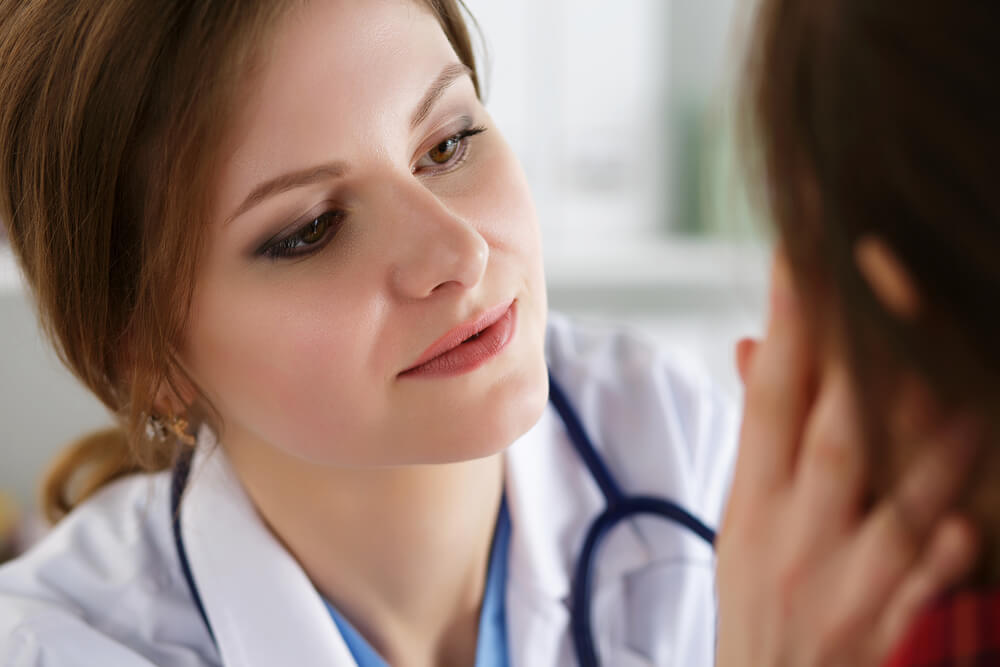DIAGNOSIS
No particular test is utilized to identify rosacea. However, your primary care physician will depend on the historical backdrop of your manifestations and an assessment of your skin. You may have tests to preclude different conditions, like lupus, psoriasis, or dermatitis. If the indications include your eyes, your physician may refer you to an ophthalmologist for assessment.
TREATMENT
The medication may concentrate in managing the symptoms of this condition. Also, the length of your treatment is according to the seriousness of the condition of your skin. Here are the common treatments often prescribed by the physician.
- Medications. The medication is determined through the signs and symptoms of the condition that occurs in your skin. However, it is sometimes challenging to find the perfect medications that work for your skin type. The common medication includes oral acne drug, topical and gels, and oral antibiotics.
- Therapies. Laser treatment and other light-based treatments may help lessen the redness of augmented veins. Moreover, this treatment needs a second session or more to enhance the affected skin.


